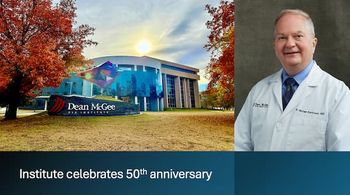
FDA approves cell-based assay
Allergan, Inc. announced that the FDA has approved a fully in vitro, cell-based assay for use in the stability and potency testing of onabotulinumtoxinA (Botox and Botox Cosmetic, Allergan). The newly-approved assay will be implemented immediately for release of product for sale in the U.S.
Irvine, CA-Allergan Inc. announced that the FDA has approved a fully in vitro, cell-based assay for use in the stability and potency testing of onabotulinumtoxinA (Botox and Botox Cosmetic, Allergan). The newly approved assay will be implemented immediately for release of product for sale in the United States.
According to Allergan, the new assay is the first to be developed and approved for any botulinum neurotoxin currently available worldwide, and is specifically applicable to Allergan's botulinum toxin type A product. Allergan estimated that use of the new assay will reduce the use of animal-based assay testing for onabotulinumtoxinA by up to 95% or more over the next 3 years, as other regulatory agencies around the world approve this new assay.
“We are proud to have achieved this major scientific milestone in the development of a safe and effective alternative test capable of eliminating the need for an animal-based assay for [onabotulinumtoxinA],” said Scott Whitcup, MD, Allergan's executive vice president, research and development, and chief scientific officer. “Following the FDA approval, we will work hard to secure approval of the new assay to replace the current animal testing requirements for the release and stability testing of [onabotulinumtoxinA] in countries in which we market and distribute the product.”
The FDA approval follows more than a decade of research and development by Allergan directed toward minimizing to the greatest degree possible the need for animal-based assays in the manufacture of onabotulinumtoxinA. The mouse LD50 potency assay is required by the FDA, the Medicines and Healthcare products Regulatory Agency (MHRA) in Europe, and regulatory agencies around the world for testing final product for release to ensure its safety and efficacy.
According to Allergan, limitations associated with the current mouse LD50 assay include the necessary involvement of animals due to the current structure of the assay, the complexity of the procedures involved, and a lack of specificity, as well as variability between assays and laboratories.
“The new cell-based potency assay we have developed for [onabotulinumtoxinA] has many advantages over current methods, including the potential for greater precision and consistency in stability and potency testing, making this a significant breakthrough in both the science and manufacturing of neurotoxins,” said Timothy Terrell, DVM, PhD, DACVP, Allergan's senior vice president, drug safety evaluation.
Newsletter
Don’t miss out—get Ophthalmology Times updates on the latest clinical advancements and expert interviews, straight to your inbox.


















































.png)


